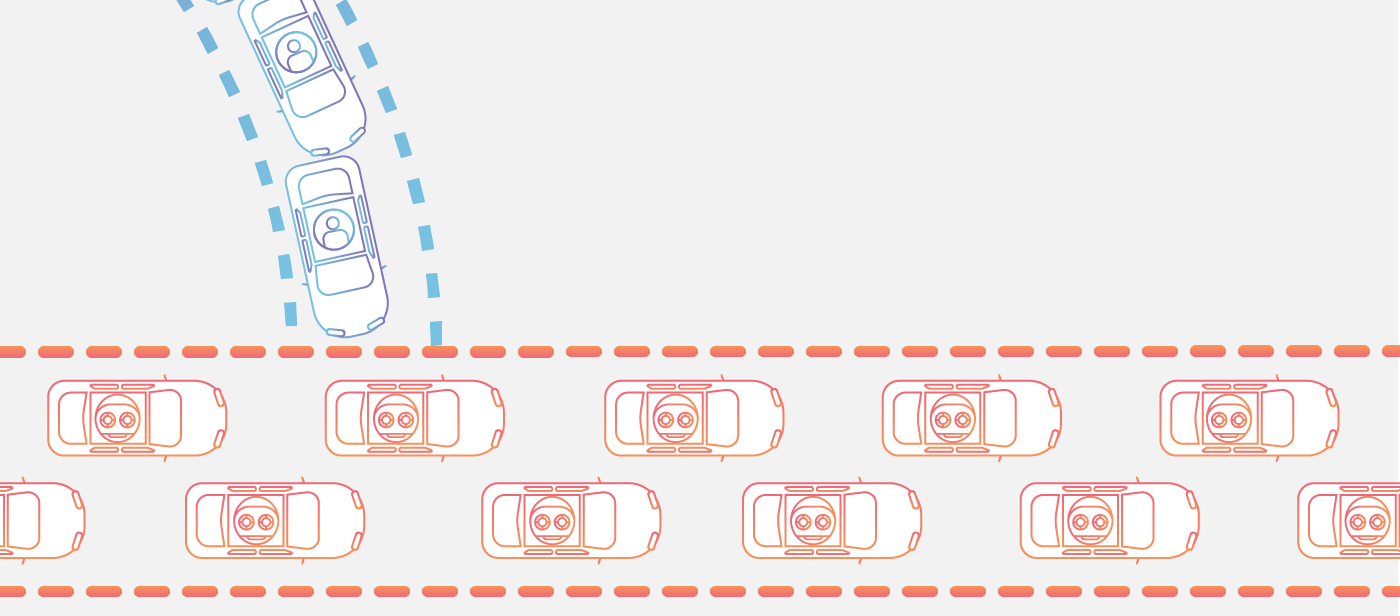
Several years later, in 1999, a hacker managed to completely disable the University of Minnesota’s internal network for more than 48 hours with a massive UDP flood. Panix managed to recover in around 36 hours, but this event was significant for being one of the first major DDoS hacks.

The hacker used a spoofed IP address to overwhelm the company’s servers with fake “synchronize” packages, forcing it to stop processing actual requests. In 1996, New York-based Internet service provider Panix became the target of a DDoS attack via a so-called SYN flood. Once again, such DDoS attacks were nowhere near the threat companies are facing today - however, they are essentially the origin point of the current issue. With IRC, if you logged off, you would lose your admin rights. With the rise of IRC (Internet Relay Chat) in the ’90s, simple bandwidth-based DDoS attacks became a tool to gain admin control of a chat room. However, the principle would soon be applied for more nefarious reasons. It was done as an experiment, so there was no ill will involved. In 1974, he successfully managed to shut down 31 PLATO terminals by writing a program that sent a problematic command. Perhaps the first-ever DDoS attack was executed by David Dennis, a 13-year old student at the University of Illinois High School. What made DDoS attacks the major issue that it is today? What does the future hold for this type of cyberattack and will DDoS become more widespread and dangerous? In this article, we will take an in-depth look at the history and future of DDoS attacks. The server or website targeted quickly becomes overwhelmed and effectively stops working. The process involves the use of networks of bots (such as computers, but also smart home devices like routers, cameras or even a fridge) to generate an enormous amount of fake traffic to a target. Hackers use DDoS attacks to take down websites, servers, and internal networks. The advancements in technology have only made such attacks more effective and companies are struggling to catch up in terms of detection, prevention, and mitigation.

Given the fact that almost all companies have taken a portion of their business online, DDoS attacks have the potential to cripple their operations and severely affect their bottom line. Distributed denial-of-service (DDoS) attacks are one of the biggest threats facing businesses today.


 0 kommentar(er)
0 kommentar(er)
